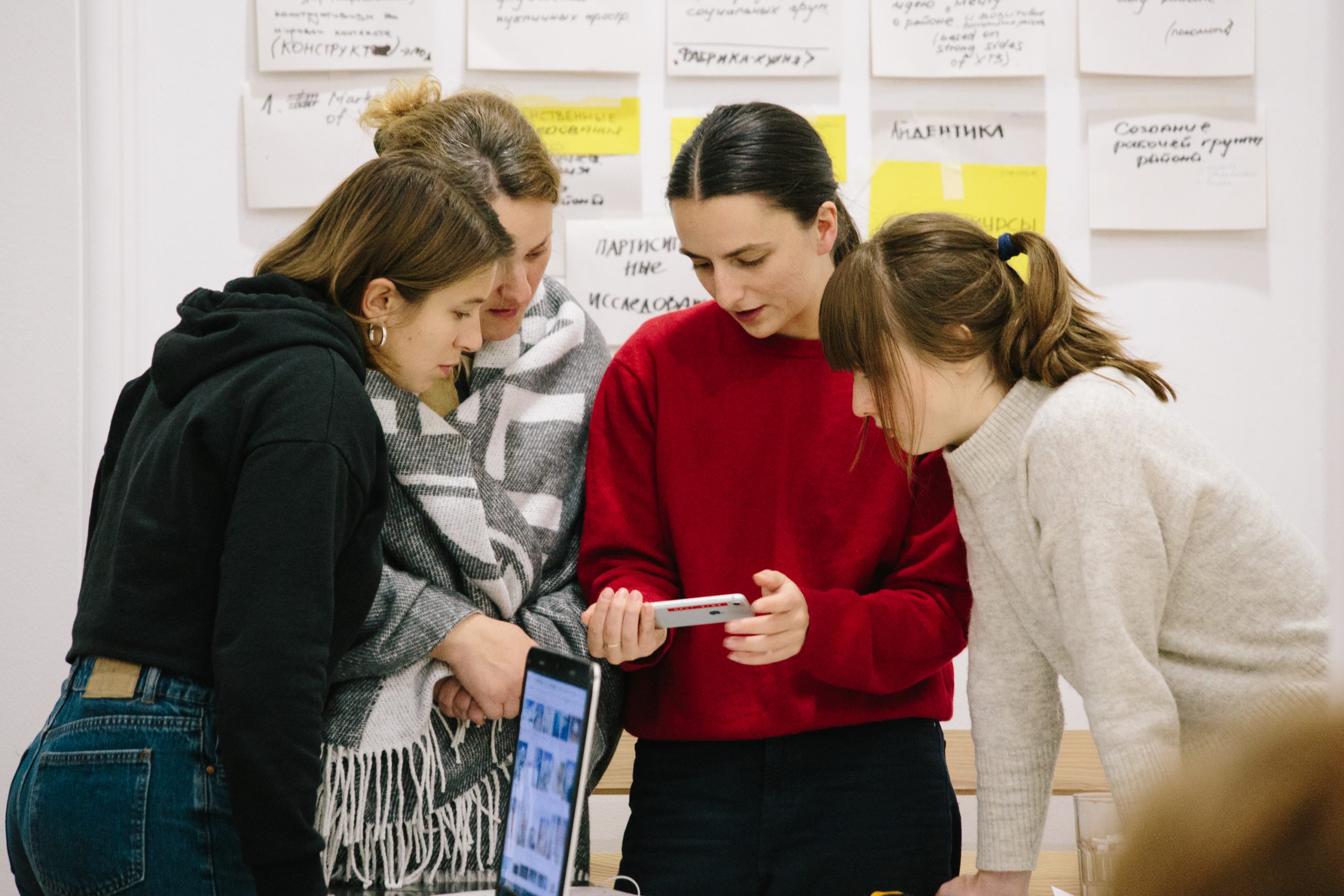25.2 Future Tense of Verbs (Synthetic: Читатиму)

In this module, you will learn another way of forming the future tense of many Ukrainian verbs – with the help of endings on the verbs.
Завда́ння 1
Read the conversation below and mark all of the future-tense verb forms EXCEPT those formed with the verb бути. Rely on context and the verb forms that you already know to figure out which verb forms to mark. Then answer the questions that follow.
Цікаво!
There exist two future tense forms in Ukrainian: those that use the conjugated forms of the verb бу́ти (the so-called “analytic” future – see Module 25.1) and those that add endings that begin with -м- to the infinitive form of the verb. The latter type of the future tense is known as the “synthetic” future.
The meaning of these two types of future forms is identical:
Я бу́ду лежа́ти. = Я лежа́тиму.
The synthetic future forms are more literary and are often used in more formal contexts, i.e., on the news.
The endings in the synthetic future forms are the same as those of the verb бу́ти when it is conjugated – the regular hard-vowel endings of the first conjugation. However, an -м- is inserted between the ending and the infinitive of the verb:
| бу́ти | жи́ти | |
|---|---|---|
| я | бу́ду | жи́тиму |
| ти | бу́деш | жи́тимеш |
| він/вона/воно | бу́де | жи́тиме |
| ми | бу́демо | жи́тимемо |
| ви | бу́дете | жи́тимете |
| вони | бу́дуть | жи́тимуть |
As with the analytic future, the synthetic future can only be formed out of imperfective verbs.
Завда́ння 2
For each incomplete sentence you hear, select the most appropriate subject to perform the action. Pay attention to grammar as well as context.
Transcript – Завдання 2
- …житимуть в гуртожитку.
- …не їстиме м’яса.
- …купуватимуть будинок.
- … довго говоритимуть по телефону.
- …гратиме концерт Моцарта.
- …обідатимемо в ресторані.
- …писатиме дисертацію.
- …шукатиму офіс.
Завда́ння 3
Complete the sentences below using the verb forms from the bank.
Завда́ння 4
Read the news article below and mark all of the future-tense verb forms. Then answer the questions that follow.

Важли́во!
In -ся verbs, the synthetic future endings are also added to the infinitives, but they precede the -ся. These endings are the same as in regular verbs, except for the third-person singular (він/вона/воно form):
| жи́ти | диви́тися | |
|---|---|---|
| я | жи́тиму | диви́тимуся |
| ти | жи́тимеш | диви́тимешся |
| він/вона/воно | жи́тиме | диви́тиметься |
| ми | жи́тимемо | диви́тимемося |
| ви | жи́тимете | диви́тиметеся |
| вони | жи́тимуть | диви́тимуться |
Because many -ся verbs are already quite long, the synthetic future is less common than the analytic future, especially in the first- and second-person plural forms that add two extra syllables to the verb (for example, користува́тиметеся).
Завда́ння 5
Look at the photos and read the captions. Based on this information, select the most likely future plans for the people pictured.
Я бага́то працю́ю і тому́ люблю́ паси́вний відпочи́нок.
Тепе́р по́други на фо́то – студе́нтки Ха́рківського університе́ту. Вони́ розу́мні та серйо́зні.
Завда́ння 6
You will hear six questions. Complete the responses below using the synthetic future forms of the verbs you hear in the questions.
Transcript – Завдання 6
- Ти будеш користуватися планшетом?
- Де ви будете паркувати машину?
- Коли діти будуть гратися разом?
- Коли буде дзвонити Олена?
- Де Василь буде жити в Києві?
- Що Ви будете вивчати в університеті?
Завда́ння 7
Listen to the sentences below and indicate whether the action stated happened yesterday, is happening now, or will happen tomorrow.
Transcript – Завдання 7
- Мама була на роботі.
- Він працюватиме вдома.
- Ми відпочиваємо на морі.
- Батьки купуватимуть новий телевізор.
- Діти довго спали.
- Я проситиму його про допомогу.
- Марія та Віктор повертаються з Карпат.
- Ми дивитимемося новий фільм про Чорнобиль.
- Концерт закінчується.
- Оксана каталася на ковзанах.
Мо́вний пазл
Look through the activities you have just completed and choose the correct statements to summarize what you have learned.
А тепе́р тест!
Provide the appropriate verbs in the blanks of the dialogue. Select words from the bank, changing their form to the synthetic future. Each verb can be used only once.



